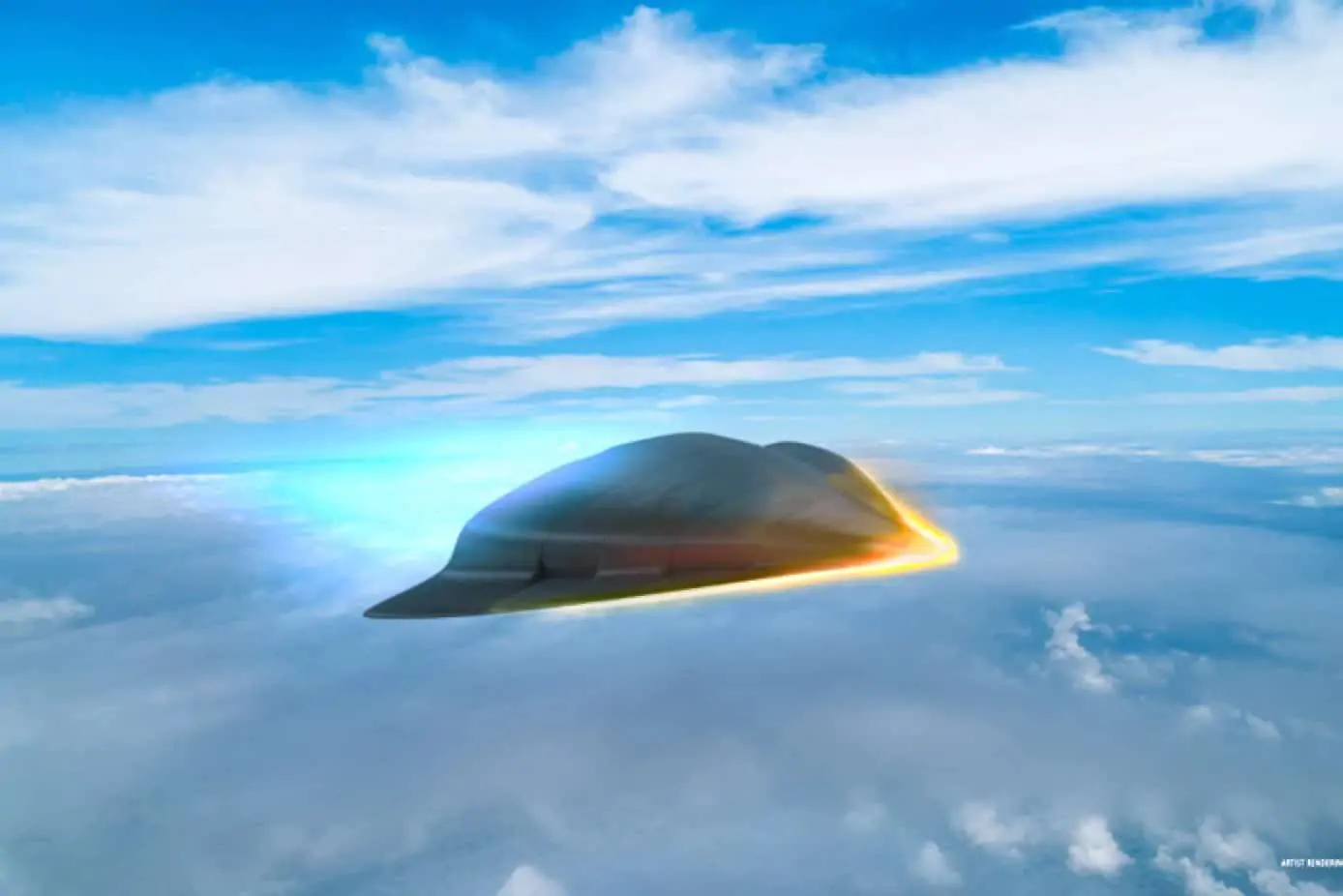A new material could find applications in aerospace components and medical implants
An Australian research team has created the most temperature stable material ever. This new material a zero thermal expansion (ZTE) composed of scandium, aluminum, tungsten and oxygen, it has not undergone changes in volume at any change in temperature from 4 to 1400 degrees Kelvin (from -269 to +1126 ° C, from -452 to +2059 ° F).
It's a wider temperature range, say scientists at the University of New South Wales (UNSW), than any other material discovered to date.
Could make orthorhombic Sc 1,5 Al 0,5 W 3 O 12 (This is its name. It immediately sticks to your mind, right?) A very useful tool for anyone who designs things that must work in environments with an extreme temperature range.
A leap into space, at any temperature

Examples of where this could come in handy include things like aerospace design, where components are exposed to extreme cold in space and extreme heat upon launch or reentry.
This new material maintains exactly the same volume from a temperature close to absolute zero to that found on the wing of a hypersonic aircraft traveling at Mach 5.
Other possible applications are those in the medical field: there the temperature does not vary enormously, but even a small jump is enough to cause critical problems.
The discovery of material "invulnerable" to temperature? By pure chance
“We were conducting experiments with these materials in battery research, for different purposes, and by chance we came across a singular property of this particular composition,” says the associate professor Neeraj Sharma.

At the molecular level, materials usually expand because an increase in temperature leads directly to an increase in the length of the atomic bonds between the elements. Sometimes it also causes the atoms to spin, leading to more spacious structures that affect the overall volume.
Not with this stuff.
The team observed the behavior of this material across a huge temperature spectrum, noticing “only tiny changes in the bonds, the position of the oxygen atoms, and the rotations of the atom arrangements.”
Researchers are now trying to understand the exact mechanism behind this extreme temperature resistance.
Next steps
“Which part acts and at what temperature? That's the next question,” says Sharma. who adds, “scandium is rarer and more expensive, but we are experimenting with other elements that could replace it while maintaining the same stability”.
Scandium aside, the other elements are widely available. This prodigious material with temperature should therefore present no obstacles to large-scale production.
The paper is available at the Chemistry of Materials journal (read it here) and the video below gives you an overview of the material.



